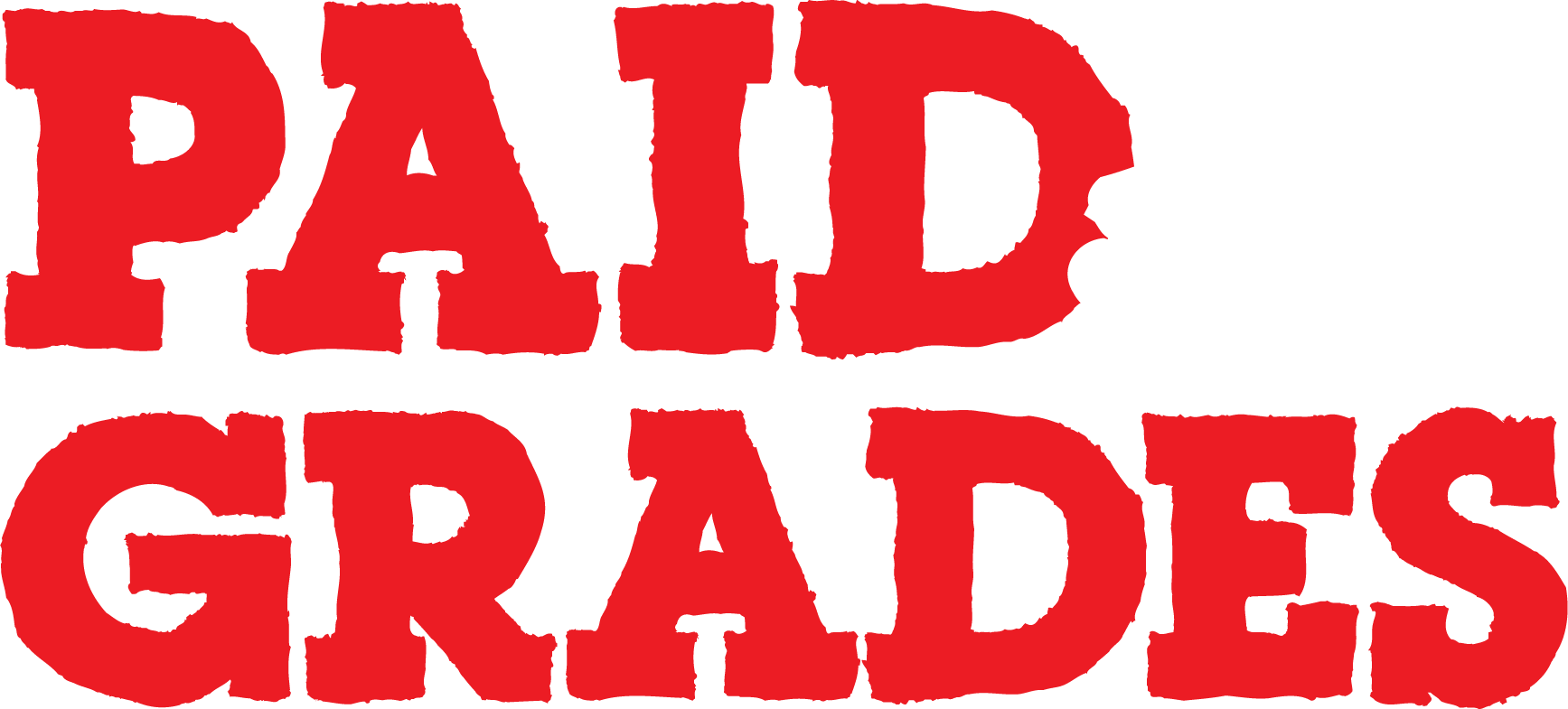Writing an essay outline is one of the most important steps that you can take when it comes to writing a great paper.
An outline will help you organize your thoughts, keep track of all the information that you want to include, and make sure that everything makes sense and flows well together. It lets you literally “see” the essay before it’s even written.
In this article, we’ll discuss what an essay outline should look like, how much detail it should contain, and what type of information goes into each section.
Why Do You Need a Plan?
Planning is one of the most important steps in the writing process. You should plan your essay before you write it so that you know what you want to say and how to say it.
Planning also helps prevent writer’s block. This usually happens when writers get stuck on their first draft and can’t continue writing because they don’t know where to go next or what else to add. Outlining before writing will allow you to avoid writer’s block, because you already know exactly what points you’re trying to hit, and where to hit them.
When planning an essay, ask yourself these three questions:
- What topic do I want my reader(s) to learn about?
- How can I organize my ideas into an effective outline format?
- What kind of evidence will prove my point(s) effectively?
What Are You Trying to Prove?
The introduction is your hook. It should be written in a way that grabs the reader’s attention and makes them want to keep reading. You can do this by introducing a problem or scenario that needs to be solved or by posing some questions that will make them think about something they’ve never thought about before.
Then, there’s the thesis statement, which is the summation of the main argument you’re making by writing this essay.
Thesis statements are what establish your argument, so it’s important that they are clear and concise. In other words… don’t use too many words! The best way to write an effective thesis statement is by answering these three questions:
- What am I trying to prove?
- Why does this matter?
- How does this relate back to my topic at hand?
Think about what point you want your reader to take away from your essay. How do you want the reader’s mindset to change after reading through all of your arguments and counterarguments? If there are any holes left open after this, then you might need further exploration of your idea.
Sketch Your Outline
Here’s how you actually cobble all those ideas together so that they make sense to your reader in a linear, logical fashion. A great essay outline should focus on stating the thesis you are trying to prove (above), then writing at least 3 sections (or groups of paragraphs) that support that argument.
To illustrate, let’s suppose our subject is “saving whales is important.” Your thesis statement could be “Saving the whales could save our oceans, which is crucial for the planet’s survival.”
Here’s how you could then build an outline based on that thesis:
Section 1: “Whales Are Crucial to the Global Ecosystem”
Here’s where you will describe a situation, statistic, or other facts that strongly support your thesis statement. For example, provide reasons why whales are important.
For instance, you can make the claim that whales are an indicator species for biome health. Then, you need to provide statistics or scholarly opinions backed by research to support that claim. Remember: always cite your sources!
Section 2: “Whales are Critically Threatened”
Here’s where you’ll introduce the conflict impeding your thesis statement. For our example thesis, you’ll want to describe whale facts that support your thesis, and make for a strong argument that whales are, in fact, threatened.
You can point to declining populations due to overfishing, pollution, and changing climate. These are all points that will strengthen the argument you’re making.
Section 3: “Healthy Whales Mean Healthier Oceans”
In this section, you really want to dig the hook in (no pun intended). You want to make the reader fully understand the scope of the argument you’re making and consider the evidence you’ve provided. In this example, you’d want to include examples of healthy whale populations and their impact on their environment at large.
For instance, healthy whales usually indicate plentiful fish, plankton, and kelp-dependent species like seals. These are important for humans because humans depend on the ocean, as does the wellbeing of the climate in general. Basically, how would “saving the whales save our oceans”?
Wrap it Up!
The conclusion is the final part of your essay. It’s where you restate your thesis and make a statement about whether or not you agree with it. It’s also a good place to include any last thoughts on your topic, if necessary.
The conclusion should not be a basic summary of all that has come before it in the body of your essay. It shouldn’t contain information that wasn’t already mentioned in other parts of your paper either (remember: don’t repeat yourself!). Instead, your goal here is to simply “drive the point home.”
Remember, outlining is important not just for the writing itself, but also because it will help you stay organized as you work on other aspects of your paper. If you need more help with any aspect of your assignment, though, don’t hesitate to ask a teacher or your parents for help!
